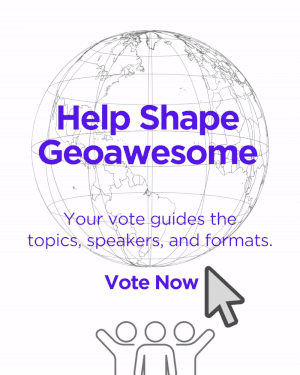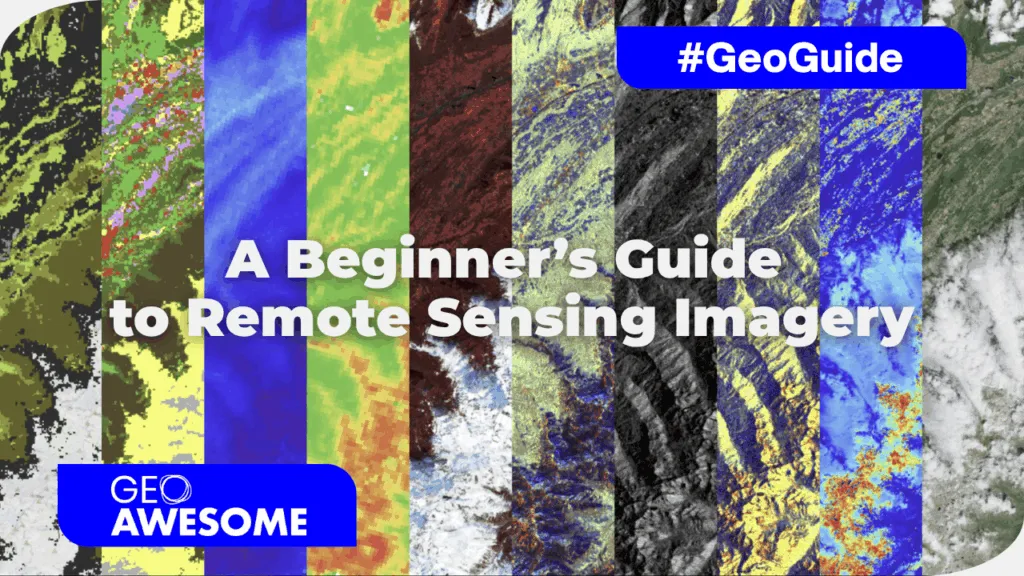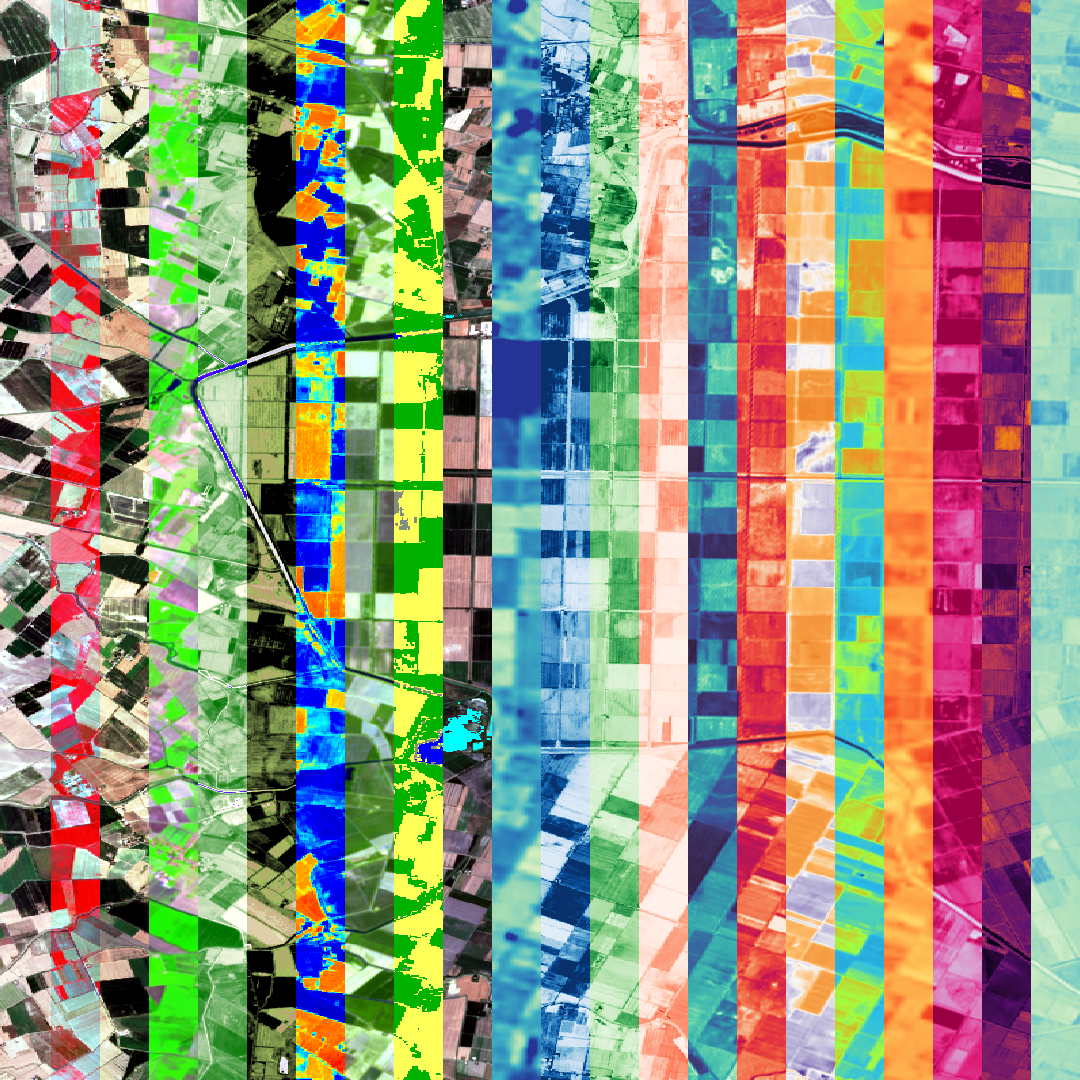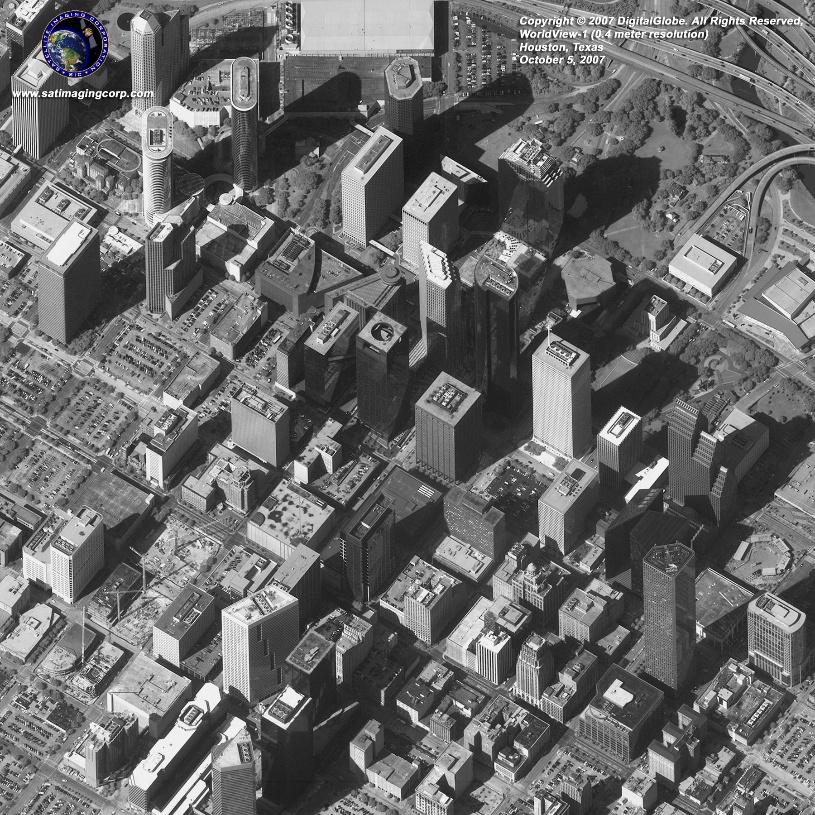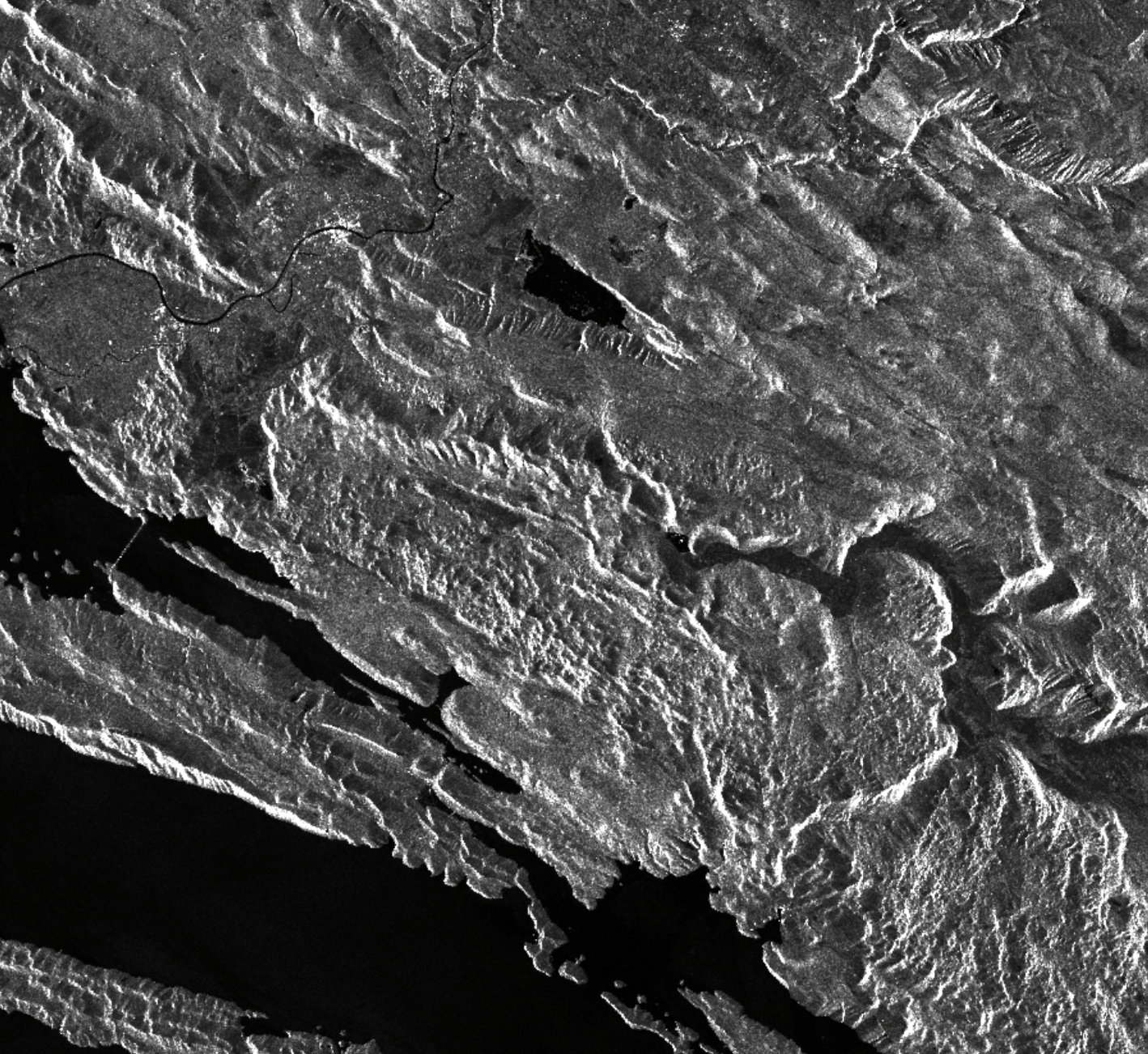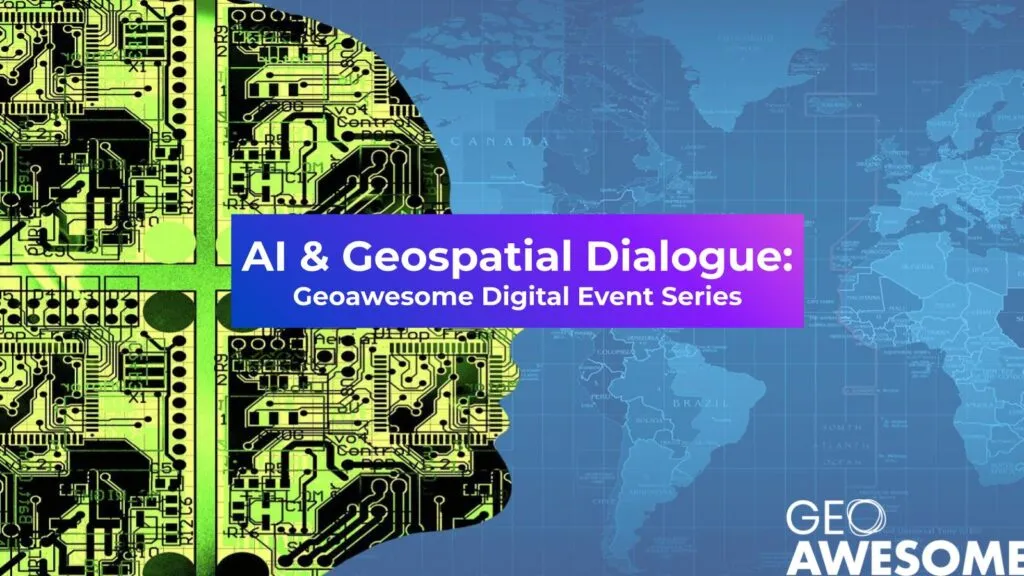
The AI Revolution: Geoawesome Announces New Digital Event Series
AI is advancing at an unprecedented rate, and its transformative power is reshaping nearly every sector, including our own. From predictive analytics to automated feature extraction, Artificial Intelligence is fundamentally changing how we collect, process, and understand geospatial data.
For many, the constant influx of news about these technological breakthroughs can feel overwhelming. The desire for a deeper understanding and expert-led discussion on the topic has never been greater.
That’s why Geoawesome is thrilled to announce a new series of digital events designed to help our community navigate this exciting landscape. Starting in September, this five-part series will bring together leading experts to deep-dive into the critical topics defining the future of AI & Geospatial (or GeoAI, if you prefer).
Each one-hour event will focus on a different, cutting-edge topic, featuring a presentation followed by an interactive Q&A session. To foster a collaborative environment, we will also organize breakout rooms at the end of each session for you to network, exchange ideas, and document your questions for future events.
This series is made possible with the generous support of our friends at Kili Technology, who share our passion for fostering trusted information and innovation in the geospatial industry.
Join us as we explore:
- Foundational Models: The new building blocks for GeoAI. (Monday 29th September, 2025)
- AI & Geospatial in the Financial Sector: The impact of AI on corporate reporting, ESG, and investment. (Watch the full webinar on demand)
- Integrity, Trust, and Provenance: Ensuring the reliability and ethics of AI-driven geospatial data. (Monday 13th October, 2025)
- Collaboration & GeoAI for Good: Leveraging GeoAI for humanitarian and environmental applications. (Monday 3rd November, 2025)
- State of the Industry: A look at the key trends and future direction of GeoAI. (Monday 1st December, 2025)
Do you have expertise in one of these areas and are interested in speaking? Or do you have specific questions you’d like to see addressed? Please reach out to muthu@geoawesome.com.
We hope to see you there! To stay informed about registration links and new details as they are released, be sure to sign up for our newsletter.
Further reading
“At Kili Technology, we’ve always believed that the progression of AI lies in high-quality, trustworthy data. Our data-centric platform helps organizations build reliable datasets for AI applications across finance, defense, healthcare, government, and other sectors. As increasingly powerful models and technical advancements accelerate geospatial use cases, high-quality data remains essential to their success. And so we believe Geoawesome’s digital series couldn’t be more timely, and we’re excited to participate in and encourage these important conversations about the future of responsible GeoAI development.” Michaela Nadine Pacis, Marketing Manager, Kili Technology.
